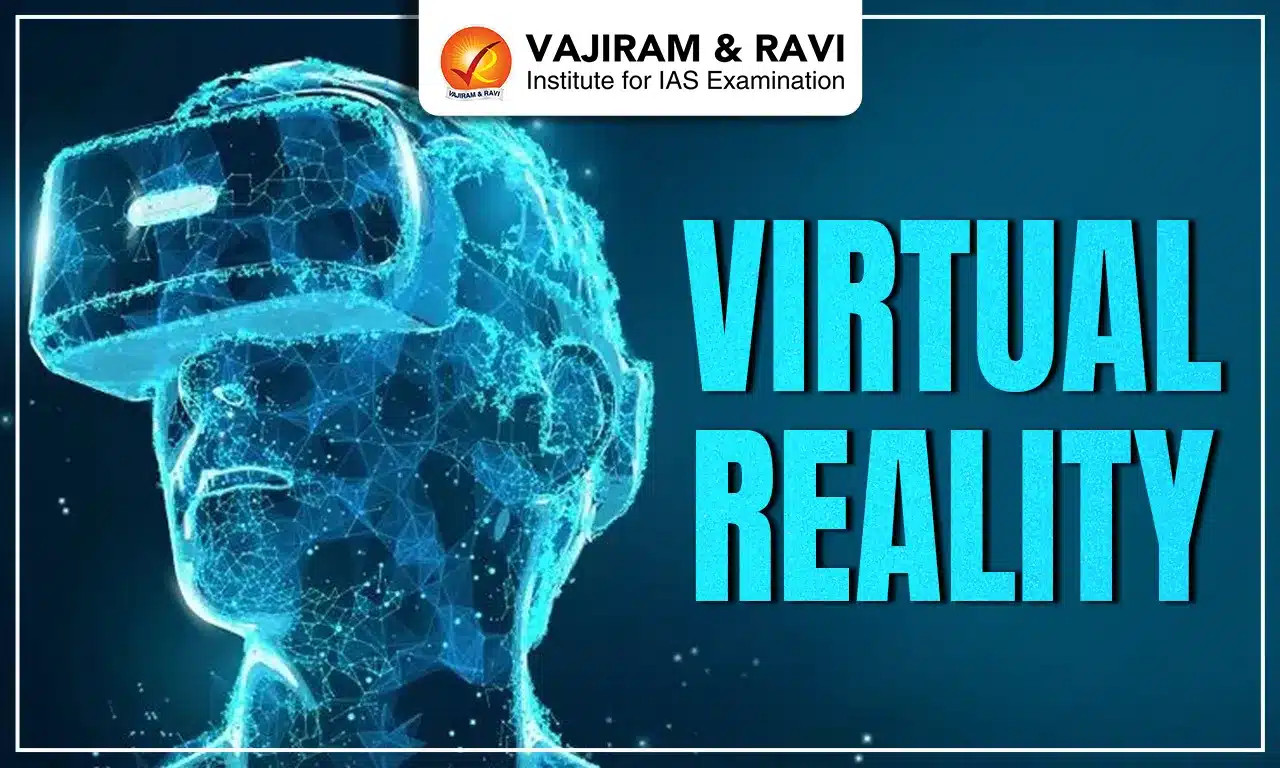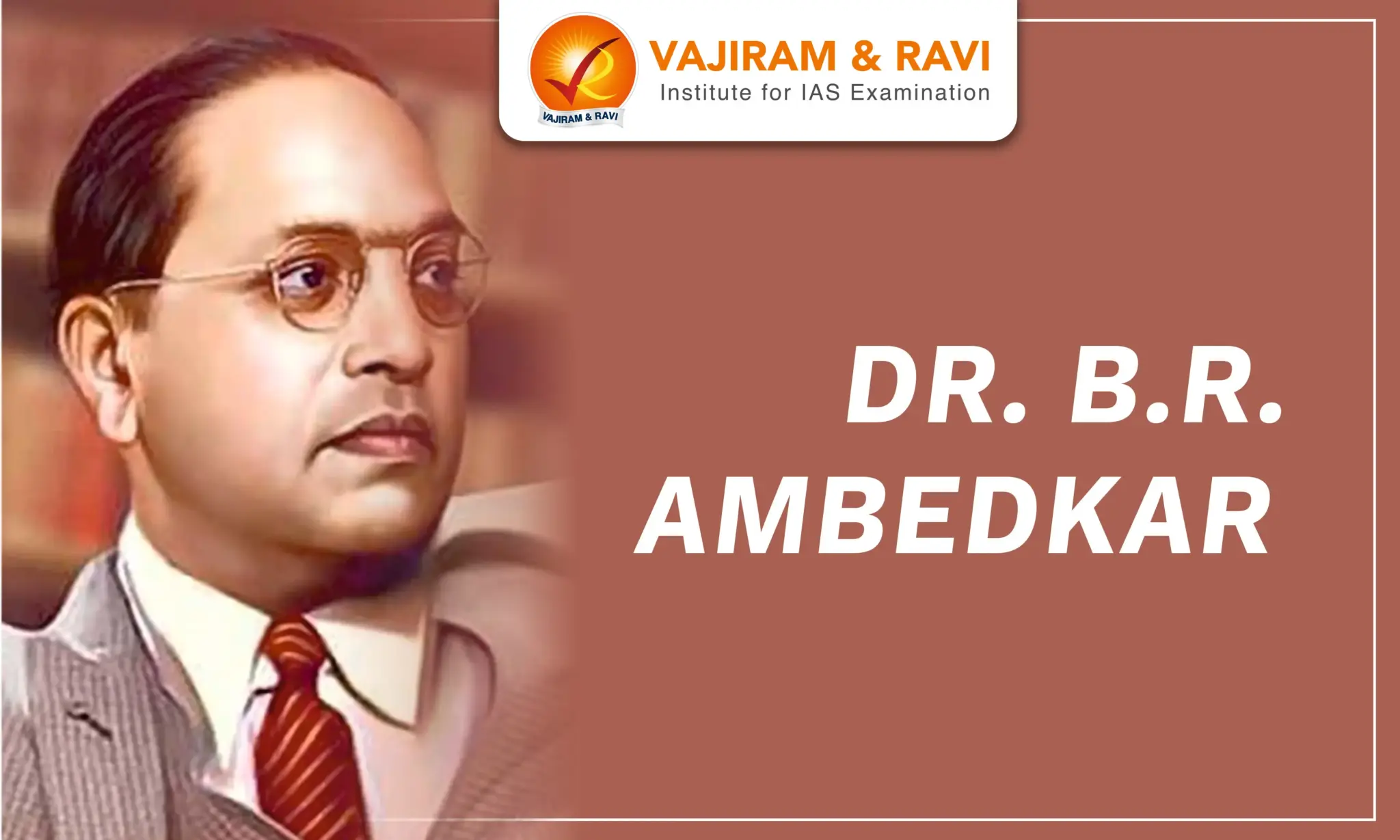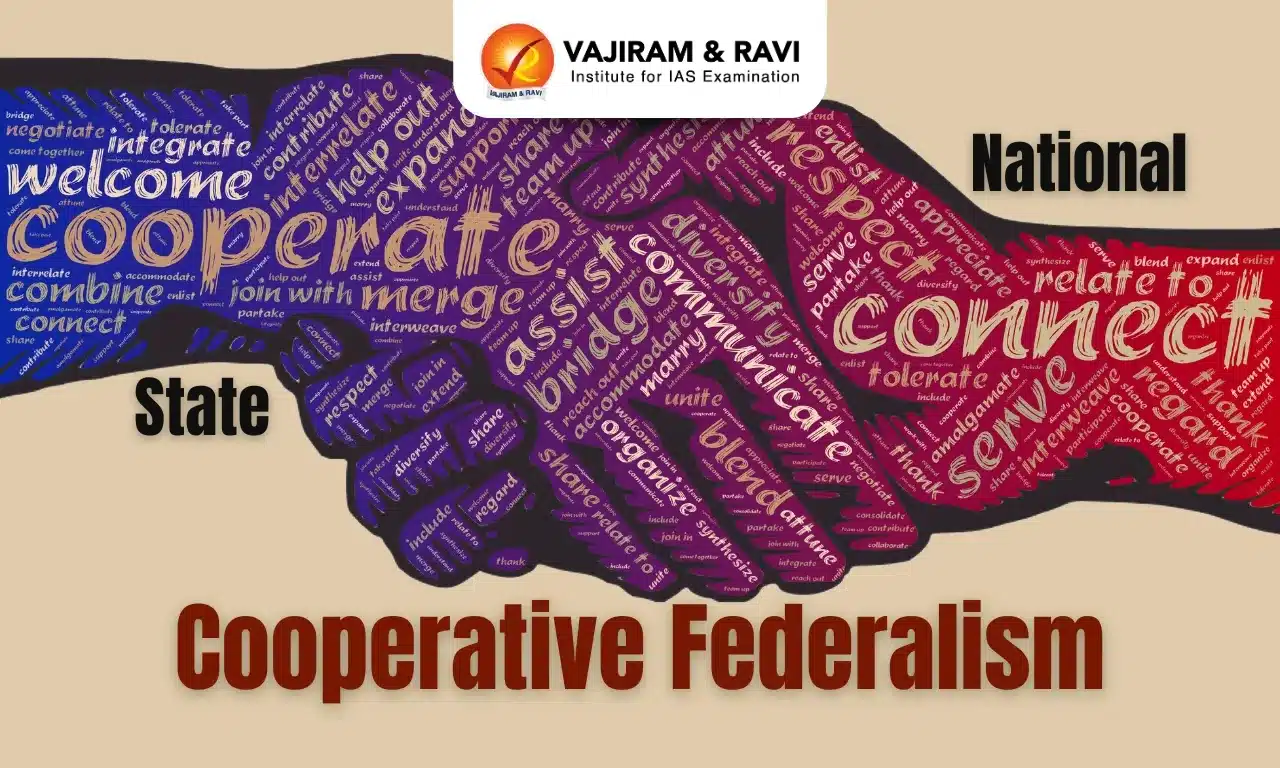Virtual Reality (VR) is an immersive technology that simulates a lifelike computer-generated environment, providing users with a profound sense of presence and the ability to interact with virtual objects and surroundings. Individuals can be transported to virtual realms and encounters that are visually and audibly convincing by donning a VR headset, which is often coupled with handheld controllers or alternative input devices. Virtual Reality is an ever-changing technology that transports users to new worlds and provides transformative experiences.
According to Statista, the global AR/VR market was worth US$ 28 billion in 2021 and is expected to be worth US$ 250 billion by 2028. According to Research and Markets, the total augmented reality and virtual reality market in India is expected to grow at a CAGR of 38.29% to US$ 14.07 billion by 2027, owing to increased smartphone penetration and widespread internet connectivity.
Virtual Reality and its Functioning
Virtual Reality origins can be traced back to the 1960s when computer scientist Ivan Sutherland developed a prototype head-mounted display (HMD) capable of displaying basic wireframe graphics. Since then, VR technology has advanced significantly. Virtual Reality is using computer technology to create a simulated environment that can be explored in 360 degrees. Unlike traditional interfaces, VR places the user inside the virtual environment to give an immersive experience.
- Components:
- Hardware: Sensory Displays, Computer, Process Acceleration Cards, Tracking System, Input Devices.
- Software: 3D Modeling, 2D Graphics, Digital Sound Editing, VR Simulation.
- Working: Virtual reality simulates a realistic three-dimensional environment using a combination of hardware and software.
- VR technology is built on an end-to-end mechanism that replaces the natural environment with a convincingly realistic simulation.
- This simulation is extremely realistic. Modern AI algorithms are commonly used to best adapt the digital world to the real world.
- The task of these is to project new and familiar elements onto a mathematically defined surface. As a result, users are presented with a virtual world that appears to be deceptively real.
- Real-time tracking of the user's movements and gestures is provided by the hardware.
- To simulate a fully immersive experience, the software creates a digital environment using computer-generated graphics, audio, and other sensory inputs.
Types of Virtual Reality
Three types of virtual reality give different kinds of experiences to the users.
- Non-Immersive Virtual Reality: It is a type of virtual reality in which you control the activities within the experience using a computer. Non-immersive VR experiences include video games such as Warcraft and Dota.
- In these games, interaction in the virtual environment is an indirect one, as one does not experience the sense of being actually in it, and the platform does not fully block your field of view.
- Semi-immersive Virtual Reality: Digital components overlay real-world objects in semi-immersive VR. As a result, these virtual elements can be used in the same way that real objects can.
- Common examples are pilot training or the deepening of technical skills.
- Fully Immersive Virtual Reality: In a fully immersive Virtual Reality, users perceive only the virtual environment. During use, there is no fixed point of reference to the real world. Fully immersive VR technology is currently found primarily in the gaming industry.
Advantages of Virtual Reality
One of the primary significance of VR is its ability to create immersive experiences that can help individuals learn, practice, and explore in a safe and controlled environment.
- Time flexibility and location independence: Virtual Reality makes it possible to hold meetings, training sessions, or conferences in virtual rooms. This eliminates the need to travel to the respective locations.
- Supports the personalisation of virtual experiences: Haptic and auditory stimuli are important in this context. In the long run, VR should allow for the customization of the user experience. This would open up entirely new possibilities in the areas of marketing, entertainment, and education.
- Enhance Collaboration: VR could make collaboration in companies much easier. At the same time, employees from various locations would be able to meet directly in the digital space.
- Immersive Gaming Experience: Moreover, Virtual Reality technology has the potential to transform the entertainment industry, creating immersive gaming experiences that allow players to become fully immersed in a virtual world.
Applications of Virtual Reality
The following are some of the applications of virtual reality:
- Industries: VR simulations have a wide range of applications, including training simulation, prototyping, designing, and testing tools and objects.
- Examples: Driving simulators, flight simulators for pilots, and combat simulators for military personnel are some of the most commonly used VR simulations in the industrial domain.
- Healthcare: Virtual Reality is making a significant impact in healthcare. In 2021, the FDA approved prescription-use EaseVRx for the treatment of pain reduction in adults.
- The system uses cognitive behavioural therapy and other behavioural principles such as deep relaxation, attention-shifting, and others, to aid in the reduction of chronic pain.
- Education: VR headsets are also useful in blocking out visual and auditory distractions, allowing teachers to interact one-on-one with students.
- For example: During the COVID-19 pandemic, there was a surge in virtual learning, with many classes held via online meeting platforms.
- Social Interaction: Virtual Reality enables interaction with other users which provides an opportunity to create social connections. Users can participate in virtual cognition training to improve their social skills, such as emotion recognition, social attribution, and analogical reasoning.
- Travel and tourism: Users can enjoy immersive tourism in simulated environments based on real landscapes or locations with virtual tourism.
- Virtual museum visits and navigating areas using apps such as Google Street View are examples of VR tourism.
Limitations of Virtual Reality
Even though virtual reality is a powerful and versatile tool, current VR technology has some obvious limitations and drawbacks.
- Privacy concern: A key VR privacy issue is the highly personal nature of the collected data i.e., biometric data such as iris or retina scans, fingerprints and handprints, face geometry, and voiceprints.
- Technological limitations: Because of the lack of standardisation, it is difficult to troubleshoot bugs and receive proper support for any issues. Other issues include Virtual Reality development software tends to take up a lot of data space on computers and has high power consumption.
- Cybersickness:Cybersickness is a phenomenon where users will feel symptoms similar to motion sickness (i.e., nausea, and dizziness) as a result of using a VR device.
- A conflict occurs when there is an excessive mismatch between the motion a user perceives visually and the lack of the corresponding movement in their body.
- Accessibility: The cost of VR headsets and VR-ready computers on the market is still higher making this out of reach for most people.
- Security concern: If a hacker gains access to a VR headset's motion-tracking data, they can potentially use it to create a digital replica (also known as deep fakes) and thus undermine Virtual Reality security.
India and Virtual Reality
Over the last few years, nearly 260 startups focusing on the AR/VR segment have l been operating in India.
- Some of the startups focused on virtual reality are:
- Look Mobility: World's first foldable VR headset.
- AbsentiaVR: VR Headset.
- Merxius: RealSim Editor or RED is a flagship product, such as Photoshop, for virtual reality.
- Xenium: Live VR streaming for enterprise and education.
- Government Initiatives:
- Consortium for VR/AR/MR Engineering Mission in India’ (CAVE): Indian Institute of Technology Madras launched the country’s first consortium for virtual reality called CAVE.
- Main Objective: To enable members to create new advanced technologies and applications in Virtual Reality, Augmented Reality, Mixed Reality (XR), and haptics together.
- Consortium for VR/AR/MR Engineering Mission in India’ (CAVE): Indian Institute of Technology Madras launched the country’s first consortium for virtual reality called CAVE.
Last updated on November, 2025
→ Check out the latest UPSC Syllabus 2026 here.
→ Join Vajiram & Ravi’s Interview Guidance Programme for expert help to crack your final UPSC stage.
→ UPSC Mains Result 2025 is now out.
→ UPSC Notification 2026 is scheduled to be released on January 14, 2026.
→ UPSC Calendar 2026 is released on 15th May, 2025.
→ The UPSC Vacancy 2025 were released 1129, out of which 979 were for UPSC CSE and remaining 150 are for UPSC IFoS.
→ UPSC Prelims 2026 will be conducted on 24th May, 2026 & UPSC Mains 2026 will be conducted on 21st August 2026.
→ The UPSC Selection Process is of 3 stages-Prelims, Mains and Interview.
→ UPSC Result 2024 is released with latest UPSC Marksheet 2024. Check Now!
→ UPSC Prelims Result 2025 is out now for the CSE held on 25 May 2025.
→ UPSC Toppers List 2024 is released now. Shakti Dubey is UPSC AIR 1 2024 Topper.
→ UPSC Prelims Question Paper 2025 and Unofficial Prelims Answer Key 2025 are available now.
→ UPSC Mains Question Paper 2025 is out for Essay, GS 1, 2, 3 & GS 4.
→ UPSC Mains Indian Language Question Paper 2025 is now out.
→ UPSC Mains Optional Question Paper 2025 is now out.
→ Also check Best IAS Coaching in Delhi
Virtual Reality FAQs
Q1. What is virtual reality?+
Q2. What are the types of virtual reality?+
Q3. Who invented virtual reality?+
Q4. How is virtual reality useful in education?+
Tags: quest virtual reality

















